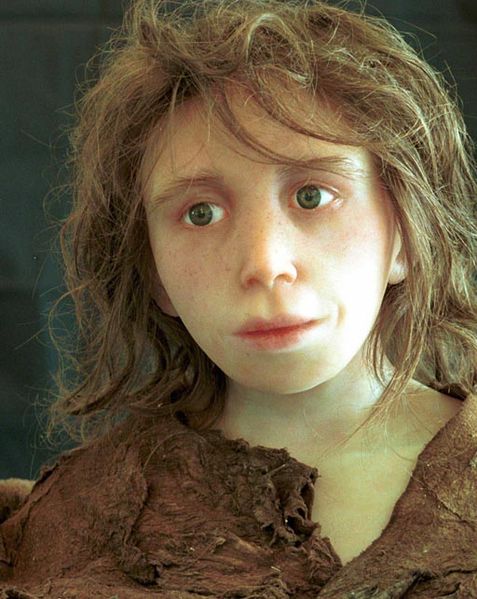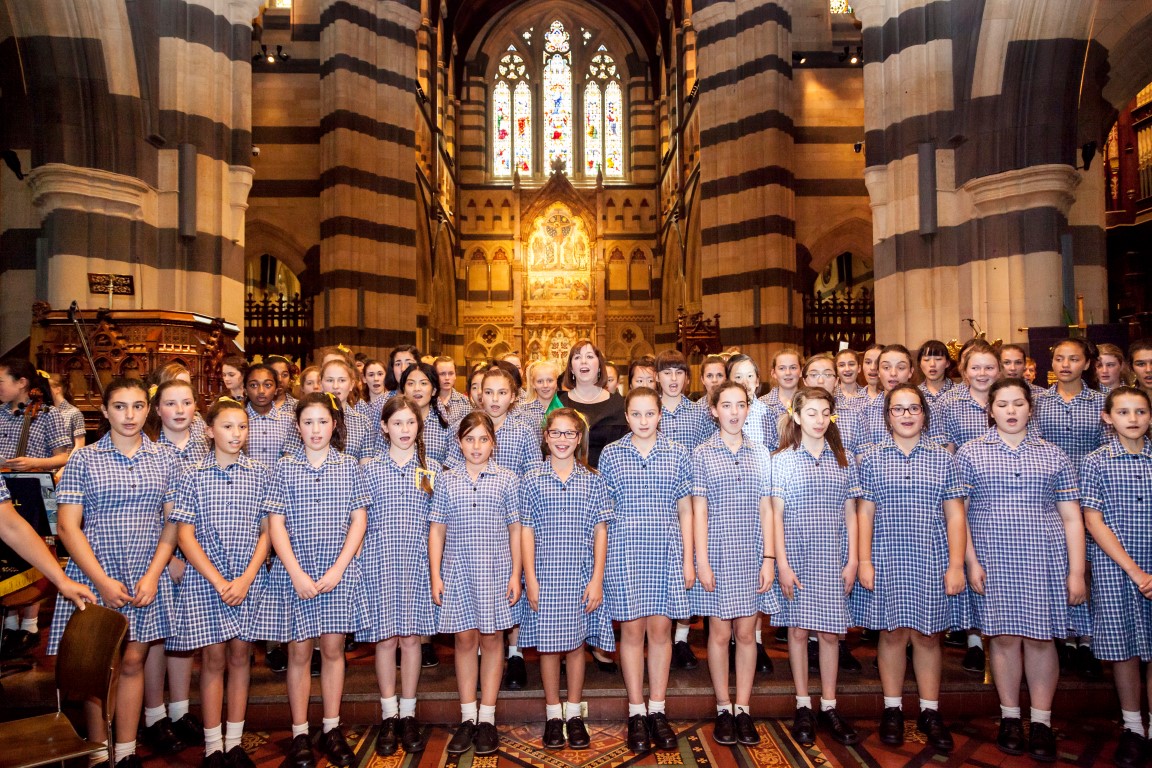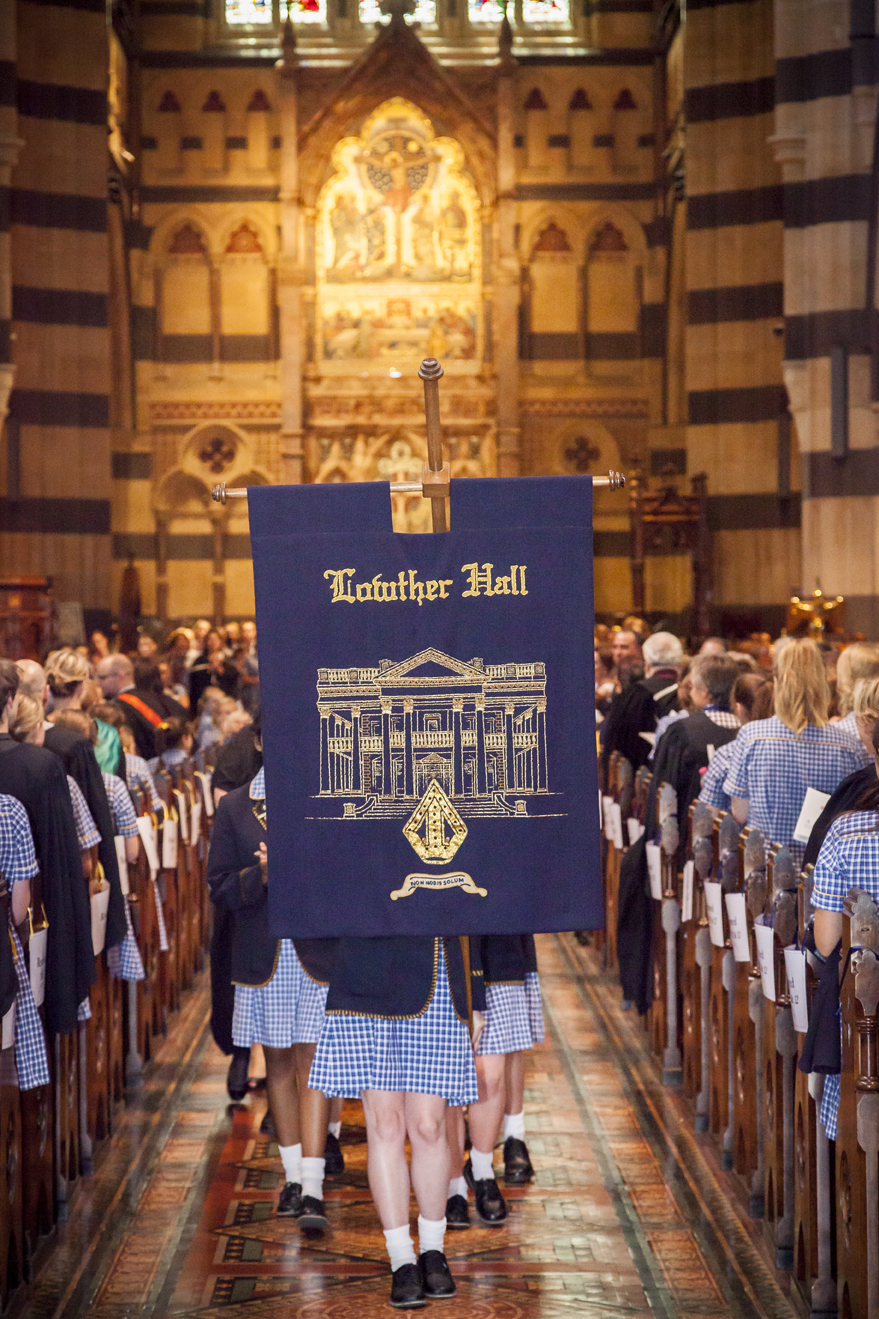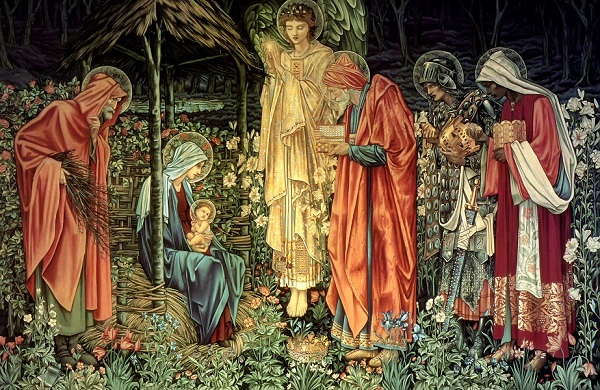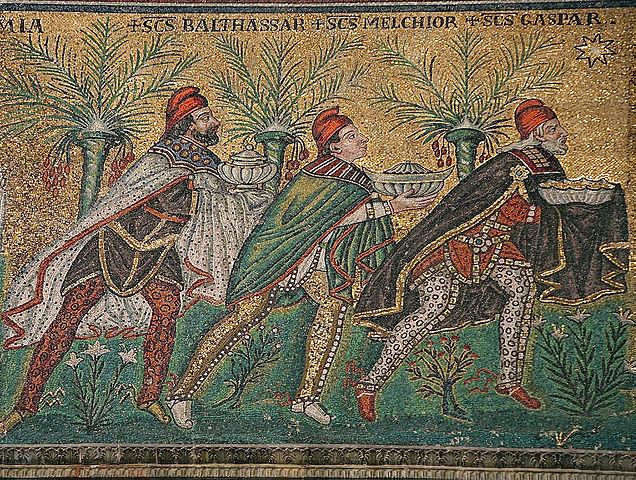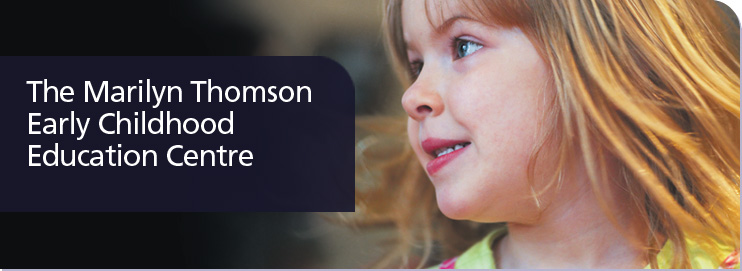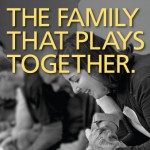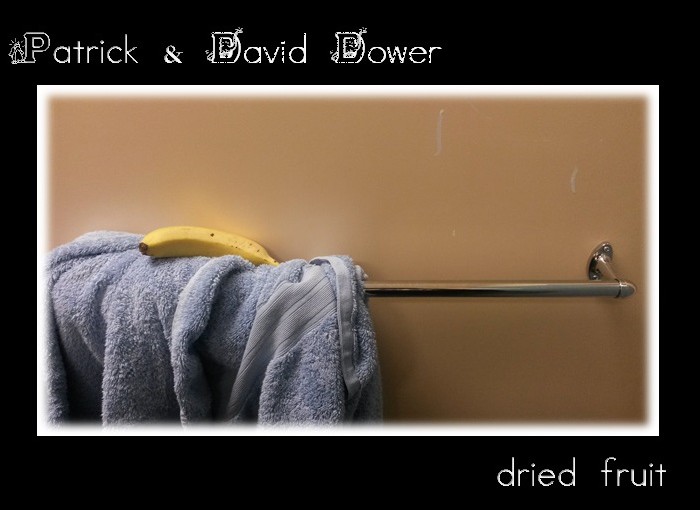New Math was a brief dramatic change in the way mathematics was taught in American grade schools during the 1960s.
Tom Lehrer wrote a satirical song named “New Math” around the process of subtracting 173 from 342 in decimal and octal.
The song is in the style of a lecture about the general concept of subtraction in arbitrary number systems, illustrated by two simple calculations, and highlights the emphasis on insight and abstract concepts of the New Math approach.
Lehrer’s explanation of the two calculations is entirely correct, but presented in such a way (at rapid speed, with minimal visual aids, and with snide remarks thrown in) as to make it difficult for most audience members to follow the rather simple calculations being performed.
